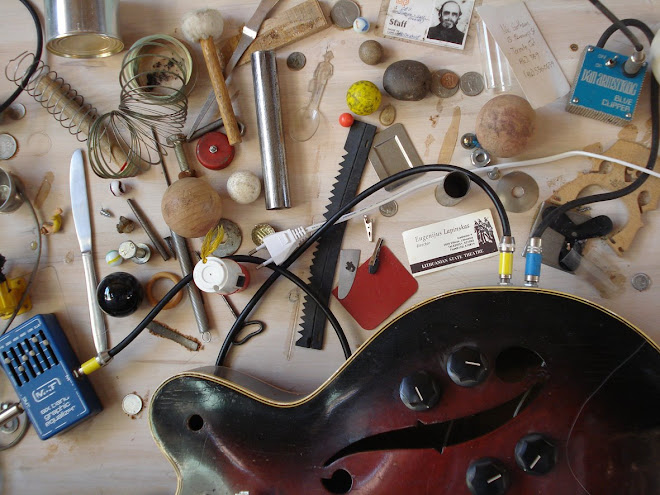Radio Papesse places itself on the irregular border where art and sound converge. Not a magazine, nor an artistic project, rather it is a method of production we have been pursuing since 2006 and that is gaining strenght from its relational dimention since radio is mostly a set of relationships, an intricate triangulation of listener, player and system.
In the last seven years, since Radio Papesse was born within the Palazzo delle Papesse Contemporary Art Center in Siena, it has opened up to experimental sounds and radiophonic productions, it has been producing interviews, documentaries, to narrate stories, views and ideas from the contemporary art panorama; it challenged the medium to depict what is usually seen, to reflect upon it by the means of sound; it invited artists, musicians, producers and Djs to confront themselves with the rules of the radiophonic storytelling.
RP is a webradio – streaming 24/7 – and an online archive licensed under Creative Commons Licence - growing day by day. That’s who we are, what we do, everyday, to keep some sound-traces of the present.
What is the South? Is it just a matter of latitude? is it a phenomenon, is it a method, is it a cliché? Is it possible to define the geographical scale of the South? How can we approach it, without reducing the discourse on mere geographical terms? without reducing its complexity into a monolithic phenomenological entity through which and unlike to we define ourselves?
The artistic debate around these themes is very fragmented but what we would like to do in the context of Süden, is to further articulate the discourse and widen it up to a differ layer: the sonic dimension of South. Is there a southern sonic cliché?



